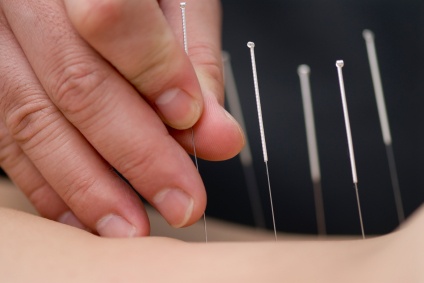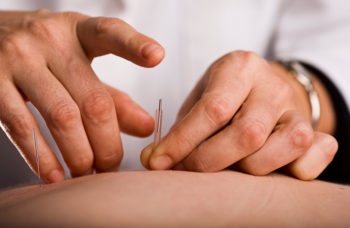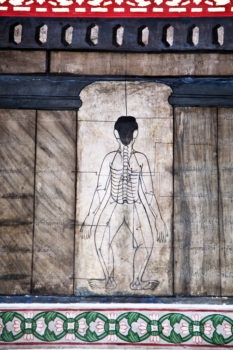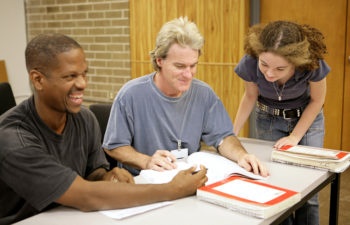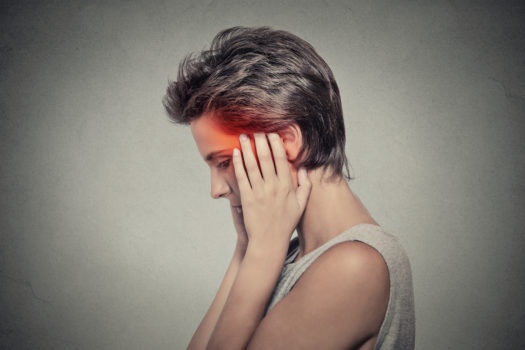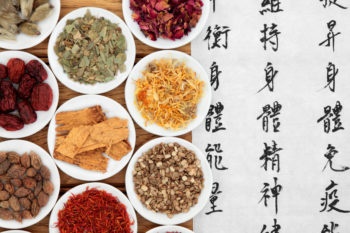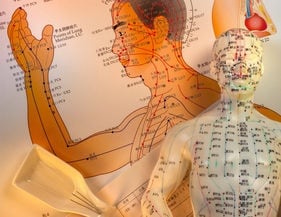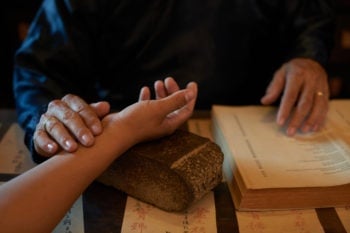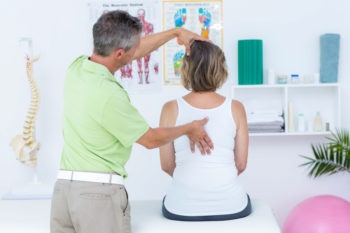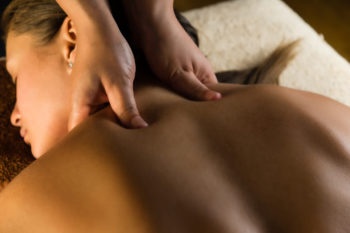Fibromyalgia is a syndrome of unknown cause that affects the body's muscles and connective tissues, causing pain and fatigue. Currently, the disorder affects as many as 5 million Americans, according to the National Institutes of Arthritis and Musculoskeletal and Skin Diseases. It has been reported to be two times as prevalent in veterans. Find out how acupuncture for fibromyalgia, along with other holistic treatments, may help alleviate the symptoms of this disorder. … Read More
Acupuncture for Fibromyalgia
Training Options for Holistic Health Careers
More than a third of all Americans use holistic therapies outside of traditional Western medicine to maintain their health and well being, according to research conducted by the National Institutes of Health. They also spend about $30 billion annually on complementary and alternative medicine (CAM), according to federal researchers. That breaks down to about $500 per person. … Read More
Consumers Choosing Traditional Chinese Medicine vs Western Medicine
More than a third of Americans use complementary and alternative medicine (CAM) for therapeutic or preventive health care, according to the National Institutes of Health. Complementary and alternative medicine covers a range of practices and treatments that includes: … Read More
What to Look for in Acupuncture Training Programs
Herbal Medicine for Irritable Bowel Syndrome (IBS)
Between 25 and 45 million people in the United States suffer from Irritable Bowel Syndrome (IBS), according to the International Foundation for Functional Gastrointestinal Disorders. Between 10 to 15 percent of people worldwide are affected by the disorder. Traditional Chinese medicine herbs may improve symptoms of abdominal pain, bloating and distension caused by IBS, according to a Cochrane Library systematic review. Learn more about the disorder and how traditional Chinese medicine can help. … Read More
Oriental medicine offers a satisfying and rewarding career path. Most degrees in Oriental medicine take four years to complete, so you want to find a program in which you will thrive, along with obtaining the knowledge you need to pass licensure exams and flourish in the field upon graduation. Keep these considerations in mind when finding the right school of Oriental medicine: … Read More
Top 5 Conditions that Massage for Wellness Can Treat
Whether you suffer from physical or mental health issues, massage therapy offers an essential primary or complimentary treatment option. Massage for wellness comes with many health benefits that help treat a variety of diseases and conditions, according to medical studies. … Read More
Studying Traditional Chinese Medicine
Embarking on a course of study in traditional Chinese medicine (TCM) offers a range of personal and professional benefits. A program in TCM gives students a broad base of knowledge, diagnostic skills and an understanding of the subtleties of therapies used by practitioners of this ancient system of health care. … Read More
An Introduction to Traditional Chinese Medicine Herbs
Traditional Chinese medicine (TCM) is a holistic system of health care that uses a variety of therapies and treatments to combat and prevent illness and achieve optimal health in patients. One of those avenues of treatment involves traditional Chinese medicine herbs. More than 5,700 medicinal substances of plant, animal and mineral origin are used by practitioners of TCM, according to the Center for Spirituality & Healing at the University of Minnesota. … Read More
Military veterans and others experiencing PTSD — or post-traumatic stress disorder — may turn to traditional methods of medical treatment for help. Those methods could include therapeutic practices like cognitive behavior therapy, stress reduction techniques and prescription drugs. However, many have also found relief from PTSD symptoms by incorporating holistic health and complementary and alternative medicine approaches into their treatment plans. According to Social Worker Today: … Read More
How to Learn the Acupuncture Points Chart
The acupuncture points chart is a complex map of the human body used by practitioners of traditional Chinese medicine in diagnosing and treating patients. Originally highlighting 365 points — a figure that corresponds to the number of days in a year — acupuncture professionals have since identified many more points and channels between them. Applying a firm pressure to manipulate these points helps stimulate the body's natural healing abilities to facilitate the flow of qi — or life force energy — throughout the body in order to achieve a healthy and harmonious balance. The condition of the patient and their specific ailments will determine which points the practitioner will focus on during a treatment session. … Read More
An Introduction to Balancing Chakras
The chakras are the seven life-force energy centers of the body which receive, transmit and assimilate energy, often called qi (chi) or prana. The word chakra is derived from the Sanskrit word meaning “wheel of light.” … Read More
The Chinese Four Pillars of Diagnosis Used in Acupuncture
Chinese medicine has a different approach to diagnosing patients than you will typically find in a Western medical health care setting. Looking, listening, touching, asking — these important components make up the Chinese four pillars of diagnosis used in acupuncture. The four pillars are also referred to as the four examinations. Each pillar provides information that adds up to a holistic view of the patient and any health issues that can be alleviated through acupuncture and traditional Chinese medicine. Read on to learn more about the each pillar. … Read More
Chinese Medicine vs Western Medicine
Chinese medicine is a system of health care developed thousands of years ago. Western medicine, while quite ubiquitous in the United States, is a much more recent phenomenon. "The development of medicine in Western nations follows the way of hypothetical deduction and the Eastern approach uses the inductive method," writes Dr. Julia J. Tsuei for the National Center for Biotechnology Information. "The Western approach clearly divides the health from the disease, yet the Eastern approach considers health as a balanced state versus disease as an unbalanced state." Whether you are looking for alternative or complimentary treatments to those offered by mainstream medical providers or are considering a career in in holistic health, it helps to understand some of the differences in Chinese medicine vs Western medicine. To learn more about some attributes of each system, read on. … Read More
Shiatsu Massage Therapy for Optimal Health
Shiatsu, a form of Oriental therapy based on traditional Chinese medicine principles, incorporates Chinese medicine theory and practice, Japanese massage therapy traditions, and Western physiology and anatomy. Literally translated from the Japanese as "finger pressure," the practice works to treat a variety of ailments and improve and maintain optimal health. Shiatsu is a holistic practice that restores not only the physical body, but the emotional and spiritual wellbeing of the patient. … Read More
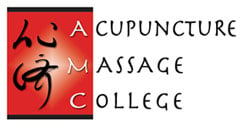
 (305) 595-9500
(305) 595-9500



